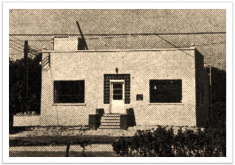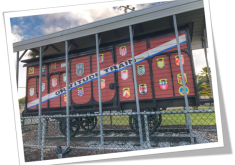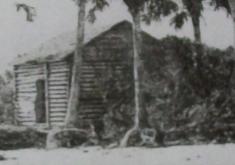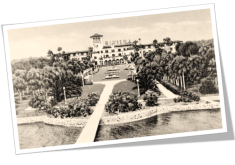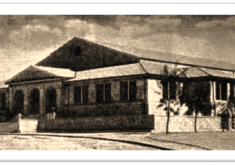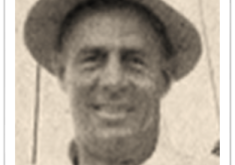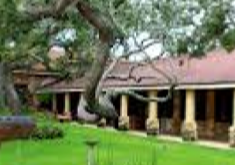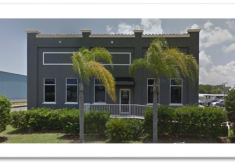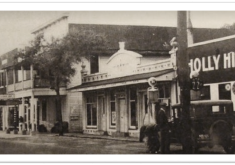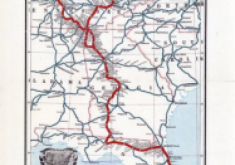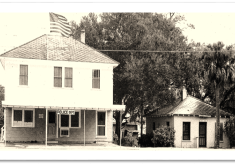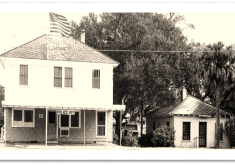Holly Hill has a long history. although opinions vary on what it is. In this section you will find small excerpts to enjoy. If you have some of your own, please feel free to share them and they may get posted. What we positively agree on is Holly Hill was incorporated in 1901 due to a problem with hogs getting into the residents gardens, the town decided to incorporate. On July 2, 1901, some thirty-one residents voted at Cave's Cigar Factory to incorporate the town.
Holly Hill’s beginnings date back to the early 1800’s, when Governor Coppinger of Mexico gave a royal title of 4,500 acres on the Halifax to Fernando de la Maza Arrendonda. The area was then sold to Thomas Fitch. Thomas Fitch eventually sold a large parcel of property to William Samuel Flemming Sr. in 1817. Flemming acquired one of the Spanish grants containing 3,200 acres along the Halifax River. In 1835 he lost everything during the second Seminole War.
The Halifax area was again abandoned until after the Civil War but wasn’t long till adventurous settlers seeking a better life arrived to take advantage of the natural beauty and enticing climate.
In 1901, due to a problem with hogs getting into the residents gardens, the town decided to incorporate. On July 2nd 1901 some thirty-one residents voted at Cave’s Cigar Factory to incorporate the Town of Holly Hill. Veteran Frank “Vet” Cave, who owned the cigar factory north of Delaware Street, was easily named the first mayor. The new city council included I. M. Mabbett, A. H. Carter, W. A. McBride, Lotan Cave, and A. E. Mason. Citizens selected Charles S. Harris to enforce the laws, and W.H. Poston and G. Harris were elected city clerk and treasurer respectively. Charles Wetherell served six years as Postmaster and eventually City Marshal and City Clerk. He later remembered the city fathers had a problem protecting the Holly trees from being cut down and arrest for the offense became fairly numerous. In 1910 Holly Hill had a population of 207.
Metes and bounds of the corporate limits consisted of:
The “point where Fourth Avenue would intersect the channel of Halifax River, said Avenue being the North boundary of the J. M. Hernandez Grant Sec. 43, Township 14 S. Range 32 E, thence along center of said Avenue S.W. to Center Street, thence S.E. along center of said Street to center of Mason Avenue, thence along said Avenue to Halifax River, and in same direction to the channel of said river, thence following channel of said River to place of beginning.”
Those boundaries would be expanded over time to the present-day municipal limits, but the 1901 boundaries help define the oldest section of Holly Hill.

